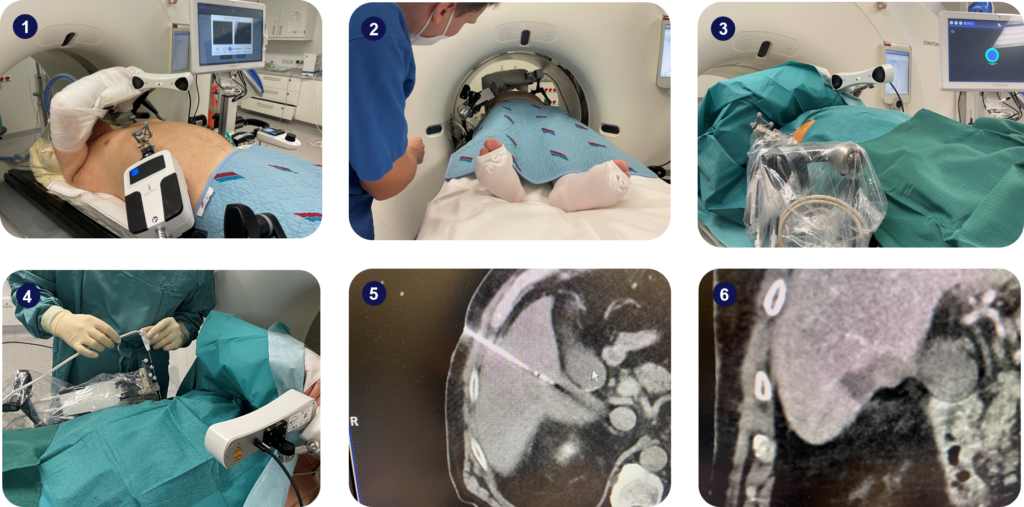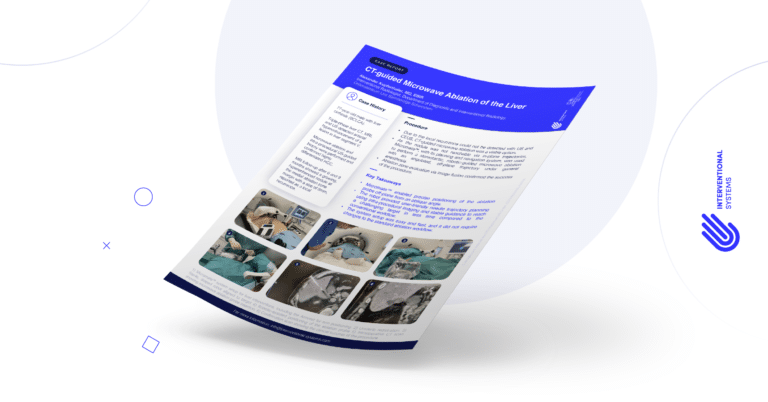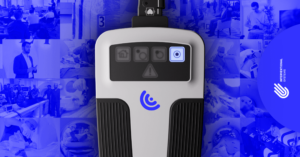Micromate™ Case Report series presents real cases performed by the physicians currently using our full-fledged robotic platform for percutaneous procedures.
For this case report, we head out to Ordensklinikum Linz Barmherzige Schwestern, Austria, to join Dr. Alexander Kupferthaler, Interventional Radiologist, for a CT-guided microwave ablation of the liver.
Clinical Context
The patient was a 77-year-old male with liver cirrhosis (BCLCA).
A triple-phase liver CT, MRI, and US detected arterial hyperenhancement of a lesion in liver segment V. The results of a microwave ablation and intra-procedural US-guided biopsy confirmed highly differentiated HCC.
After 6 and 9 months, MRI follow-ups showed a growing, hyperenhanced nodule at the medial ablation zone margin with a size of 8mm, reported as a local recurrence.
Interventional Procedure
Due to the local recurrence could not be detected with US and CEUS, CT-guided microwave ablation was a viable option.
As the nodule was not reachable via in-plane trajectories, Micromate™, with its planning and navigation system, was used to perform a stereotactic, robotic-guided microwave ablation with an angulated, off-plane trajectory under general anesthesia.
Ablation zone evaluation via image fusion confirmed the success of the procedure.

Key Takeaways
Micromate™ enabled precise positioning of the ablation probe off-plane from an oblique angle.
The robot provided user-friendly needle trajectory planning using intra-procedural imaging and stable guidance to reach a challenging target in less time compared to the conventional workflow.
The system setup was easy and fast, and it did not require changes to the standard ablation workflow.




